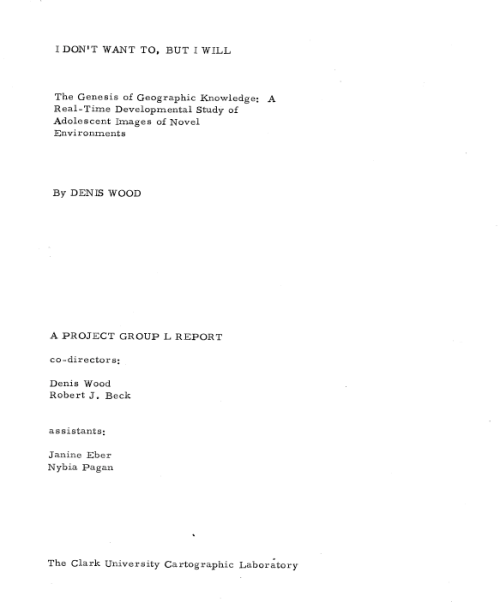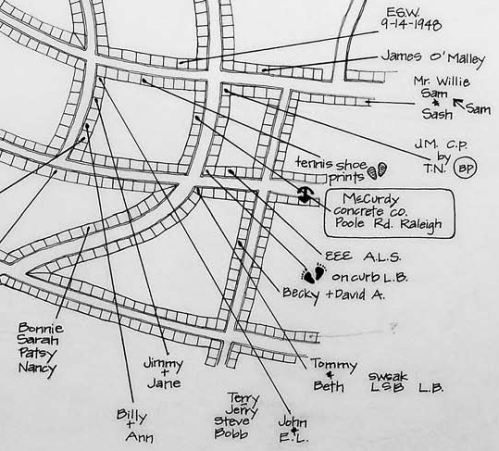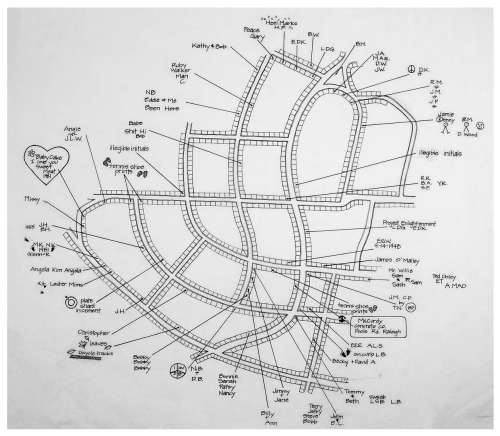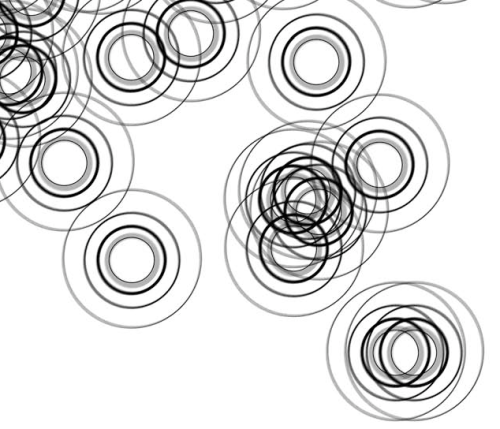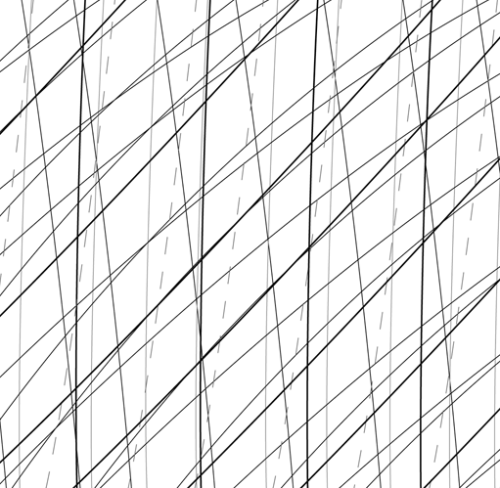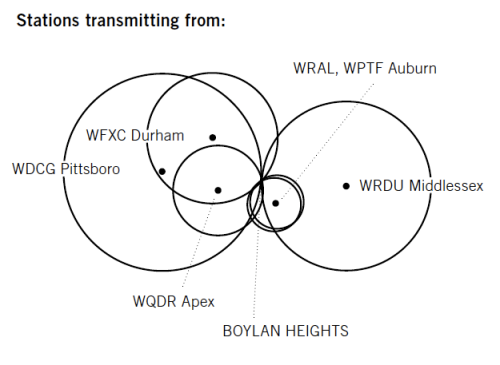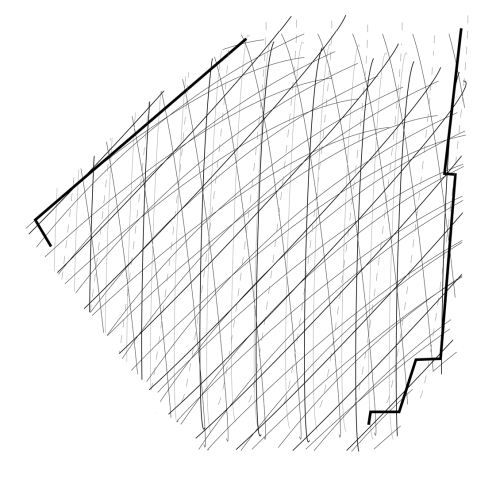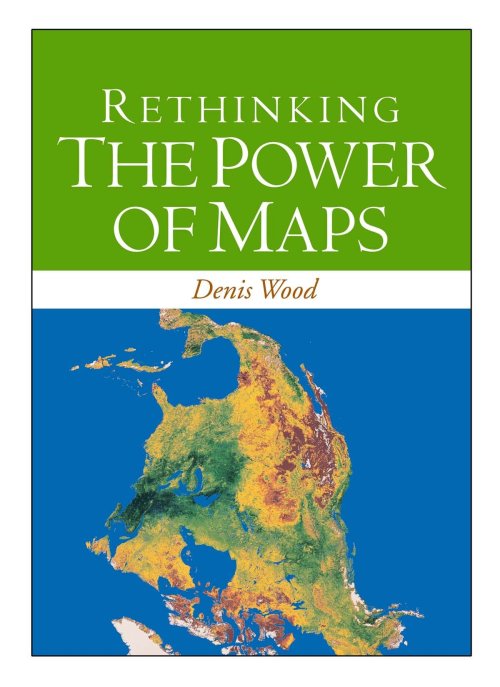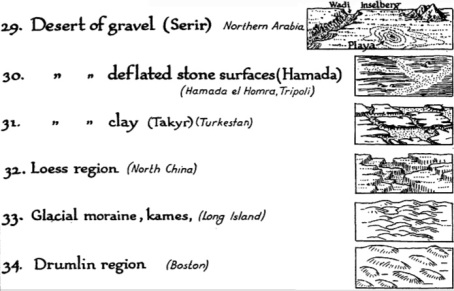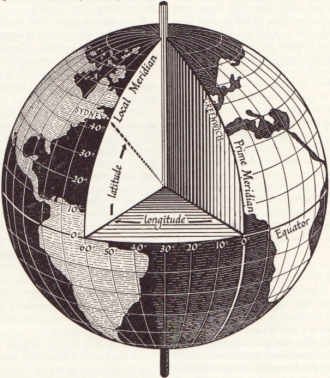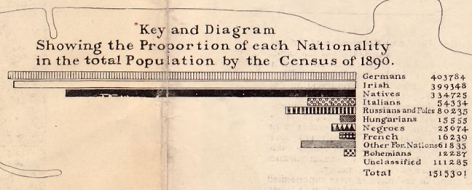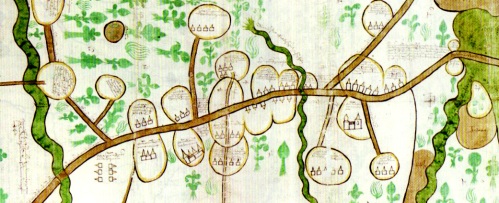I Don’t Want To But I Will: Title Page of Denis Wood’s Dissertation
Throughout graduate school I heard tales of the Denis Wood’s outrageous dissertation, curiously titled I Don’t Want To But I Will. Of particular interest are the scathing Acknowledgments, where Denis took his advisors to task. A worn copy of the Acknowledgments was passed among grad students as a bit of intellectual contraband.
But the content was what was most important. It’s a crazy dissertation. It’s about maps, mental maps, getting kicked off a bus, psychogeography, single element veridicality analysis, Europe, cartography, Kevin Lynch, passed-out subjects, Peter Gould, psychogeomorphology, the Shirelles, and the invention of “Environmental a” – a language for mapping. Among other things. It is driving the wrong way down the one-way-street of academia.
The dissertation was printed in a very limited number by the Clark University Cartographic Laboratory. Denis has recently made available a PDF of this never-really-in-print gem. I have reproduced Denis’ comments on the different chapters in the dissertation, along with links to the entire document and each chapter, from his web pages (here).
••••••••••
I DON’T WANT TO, BUT I WILL
By Denis Wood
1973
Download it by chapters (below) or as a single 685-page document.
The front matter, including the dedication (by the Shirelles), the notorious acknowledgements (my unhelpful faculty and the rare humans), credits (as in a movie), and Introduction (opening with Ed’s story, a night watchman on the edge of Castle Hill park, and going on to talk about psychogeography and various kinds of mental maps).
PART I: Psyching Up for the Trip (a sort of philosophy section).
Chapter 1: The Beginning of All This (“How would you like to go to Europe this summer?” Bob Beck asked me; and the design of the study).
Chapter 2: Some Relevant Ancestors (individual, consensual, and standard mental maps, Peter Gould, and Kevin Lynch; or, what passes in the trade for the “review of the literature”).
Chapter 3: The Study Tools (Bob and I invent Environmental a, a mapping language).
Chapter 4: The Study Starts Before the Trip (long-distance training in Environmental a and the “predictive morphologies” of London, Rome, and Paris).
PART II: The Trip or Denis’ Inferno (the novelesque part).
Chapter 5: What Others Have Thought of Travel (a bouquet of quotations about travel).
Chapter 6: A Terminal Wet Towel (Bob and I meet the Group L kids at Kennedy and what happens after that).
Chapter 7: A Day on a Tour (the first day: I will show you blood in a handful of data).
Chapter 8: Down and Out in London (the week in London).
Chapter 9: Parnassus in Innsbruck (and one of the kids ODs or, well, just passes out).
Chapter 10: When in Rome, Don’t Do as I Did (in which I get drunk and kicked off the bus).
Chapter 11: Kid’s Lib, or Aristocracy in Exile (in which the kids take control of the research and collect all the Paris data).
Chapter 12: Old Tours Never Die, They Just Fade Away (in which, months later, a bunch of us get together again for a weekend in New York).
PART III: After the Trip; or What’s in Klein’s Bottle (the “science” part of the dissertation).
Chapter 13: Tripping and Tracing through the Data (trace events; or the crumbs of the cookies left for Santa).
Chapter 14: The Content of the Tour (applying Lynchian content analysis to the traces left by the Group L kids).
Chapter 15: Travel Connections (or trying to wrap graph theory around the kids sketch maps).
Chapter 16: Hanging Out the Rivers to Dry (trying to read the maps through something I called single element veridicality analysis).
Chapter 17: Pagan Curves, Lincoln Variations, and Eber Aberrations (or the quest for the warped space of human experience and psychogeomorphology).
Chapter 18: Bigger is Better – Or Worse (you draw what you feel; or, the analysis of the areal and feelin overlays).
Chapter 19: You Are Where You Sit (the analysis of the bus seating charts and their relation to the maps; or, Fixers, Mixers, and Rangers).
Chapter 20: That’s the End of the Movie! ! ? ? ! ? ? (which is a whole long list of “conclusionettes” that concludes, “That the subject can have the first, last and most comprehensive word on the subject of the investigation itself, specifically that: I DIDN’T WANT TO, BUT I DID.”
